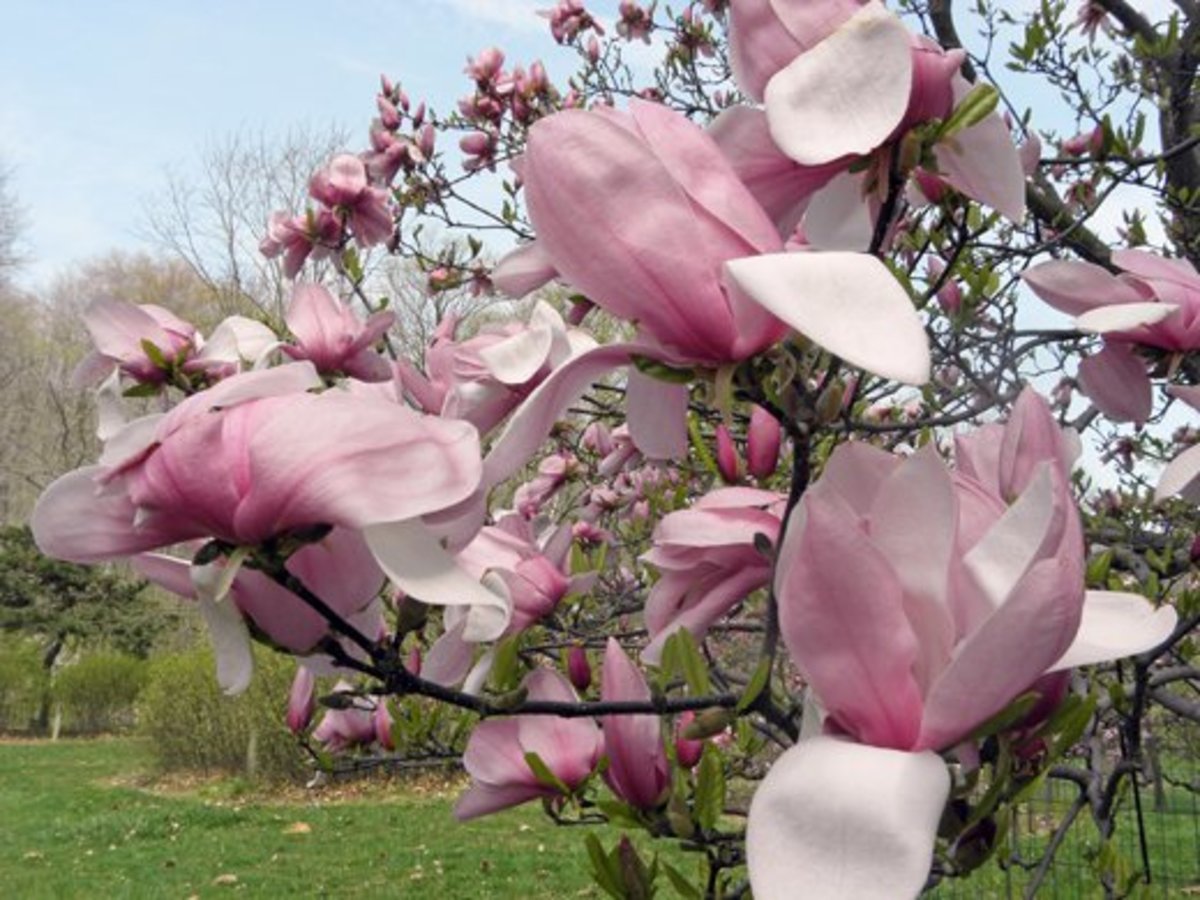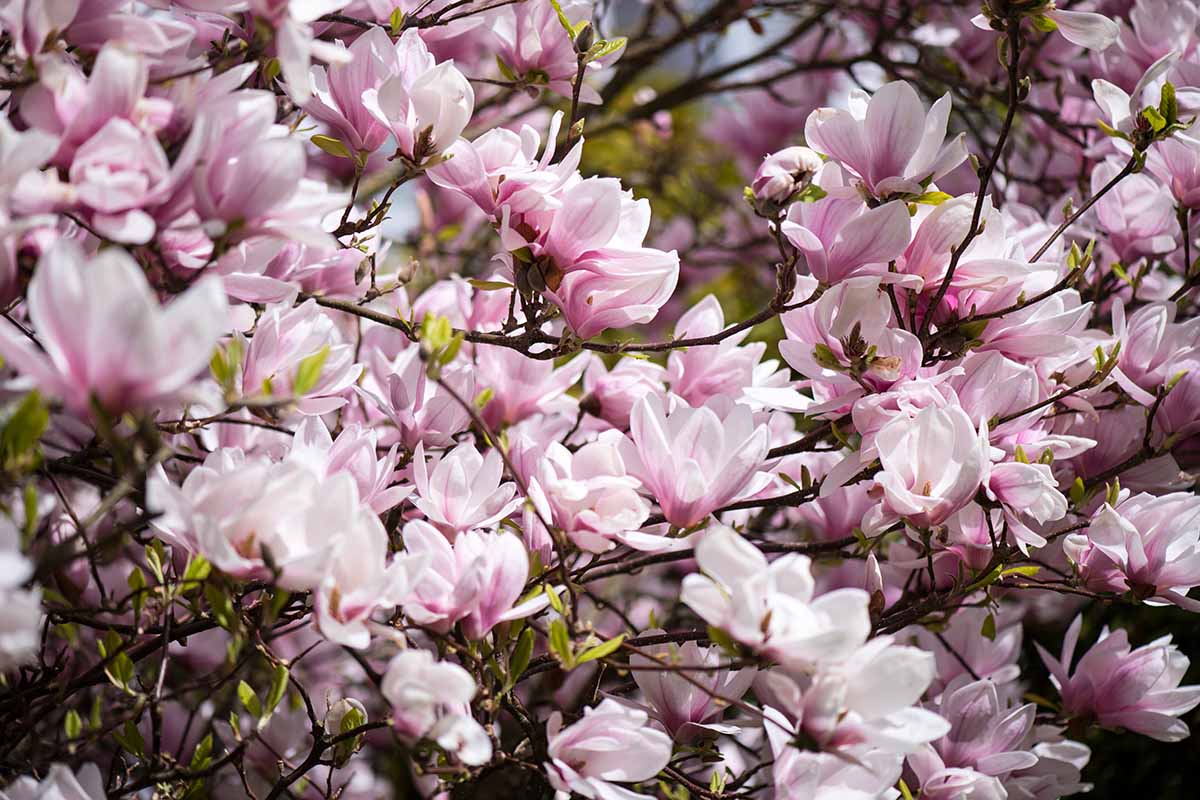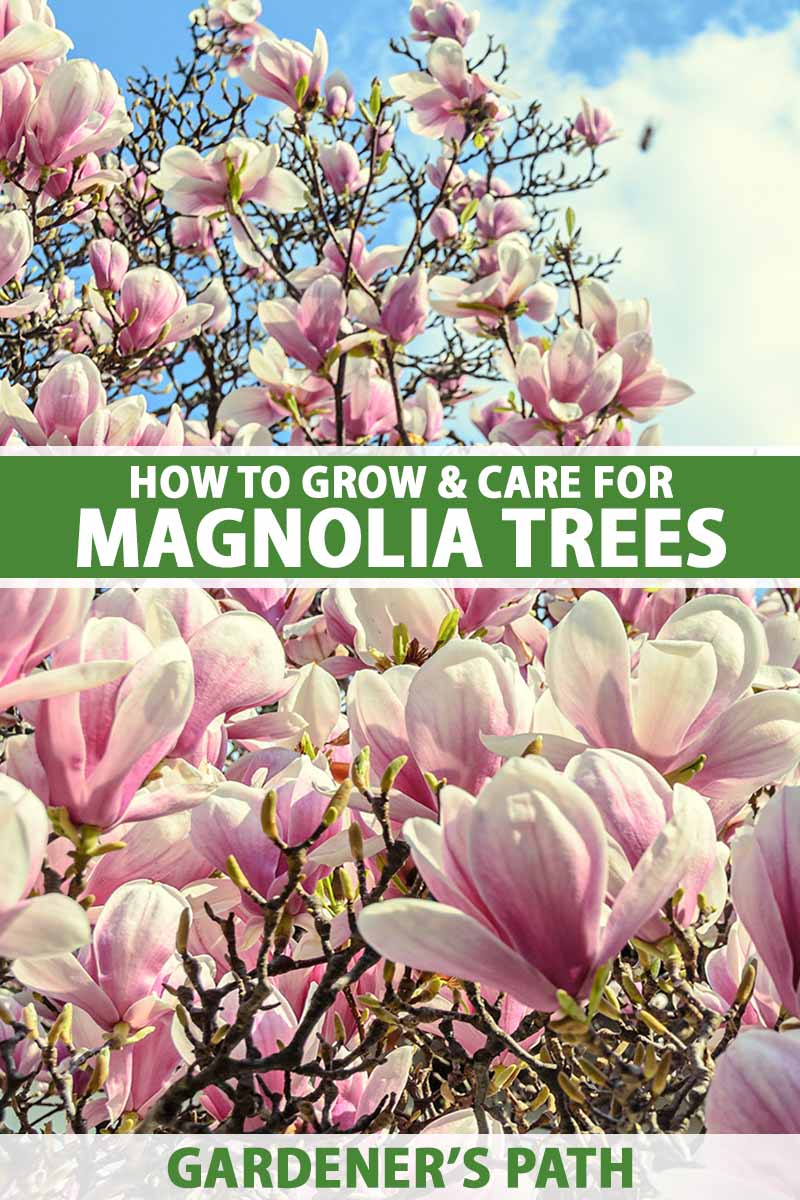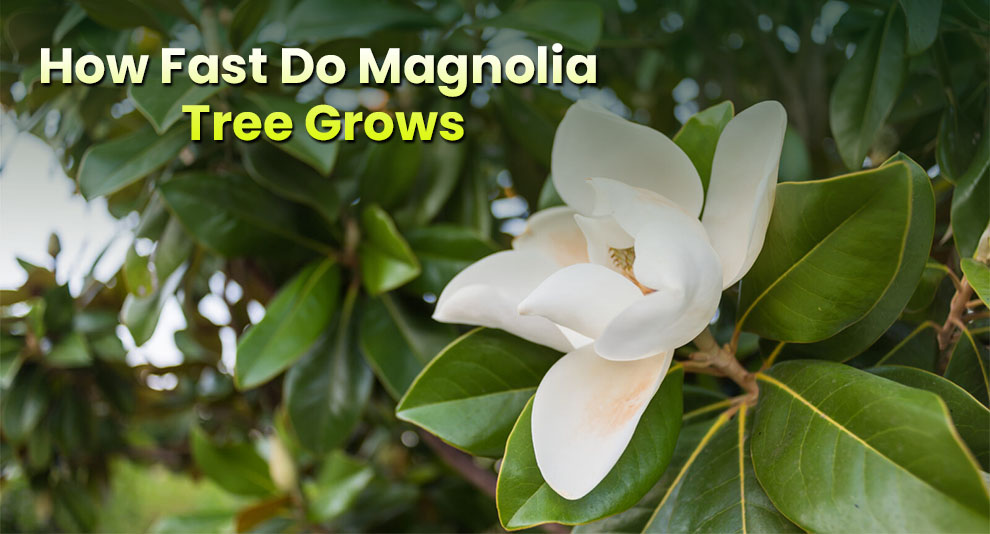Understanding the Varieties of Magnolia Trees and Their Growth Habits
Magnolia trees are a diverse group of flowering plants, with over 200 species and countless cultivars. When it comes to magnolia tree height and width, understanding the different varieties and their growth habits is essential. Evergreen magnolias, such as the Southern Magnolia (Magnolia grandiflora), can grow up to 60 feet tall and 30 feet wide, while deciduous varieties like the Sweetbay Magnolia (Magnolia virginiana) typically reach 10-20 feet in height and width. Other popular varieties, such as the Jane Magnolia (Magnolia ‘Jane’), can grow up to 15 feet tall and 10 feet wide.
The growth habits of magnolia trees are influenced by factors such as climate, soil quality, and sunlight exposure. In general, magnolias prefer well-draining acidic soil and full sun to partial shade. However, some varieties are more tolerant of shade or drought than others. For example, the Sweetbay Magnolia can thrive in wet soils and partial shade, while the Southern Magnolia prefers well-draining soil and full sun.
When selecting a magnolia tree for your landscape, it’s essential to consider the mature size of the tree and its growth habits. This will ensure that the tree has enough space to grow and thrive, without overcrowding or competing with other plants. By understanding the different varieties of magnolia trees and their growth habits, you can choose the perfect tree for your landscape and enjoy its beauty for years to come.
In addition to their stunning flowers and attractive foliage, magnolia trees are also valued for their striking shapes and sizes. From compact and dwarf varieties to large and stately trees, magnolias can add a touch of elegance and sophistication to any landscape. By incorporating magnolia trees into your landscape design, you can create a beautiful and functional outdoor space that showcases the unique characteristics of these magnificent trees.
Factors Affecting Magnolia Tree Height and Width: Climate, Soil, and Sunlight
Climate, soil quality, and sunlight exposure are three critical environmental factors that influence the growth of magnolia trees, ultimately impacting their height and width. Magnolia trees typically thrive in temperate climates with mild winters and warm summers. However, some varieties are more tolerant of extreme temperatures than others. For example, the Southern Magnolia (Magnolia grandiflora) can tolerate high temperatures and humidity, while the Sweetbay Magnolia (Magnolia virginiana) prefers cooler temperatures and well-draining soil.
Soil quality is another essential factor affecting magnolia tree growth. Magnolias prefer well-draining acidic soil with a pH between 5.5 and 6.5. Soil with poor drainage or high alkalinity can lead to root rot and other problems, stunting the tree’s growth and affecting its height and width. Regular soil testing and amendments can help maintain optimal soil conditions for magnolia trees.
Sunlight exposure also plays a crucial role in determining magnolia tree height and width. While some varieties can tolerate partial shade, most magnolias prefer full sun to produce their stunning flowers and attractive foliage. However, excessive sunlight can cause leaf scorch and other problems, especially in warmer climates. Providing the right amount of sunlight for your magnolia tree is essential for promoting healthy growth and optimal height and width.
In addition to these environmental factors, magnolia tree height and width can also be influenced by factors such as watering, fertilization, and pruning. Regular watering and fertilization can promote healthy growth, while pruning can help control the tree’s size and shape. By understanding the complex interplay between these factors, you can create an optimal growing environment for your magnolia tree, allowing it to reach its full potential in terms of height and width.
By considering these factors and providing the right growing conditions, you can enjoy a thriving magnolia tree with a robust height and width. Whether you’re looking to add a statement piece to your landscape or create a beautiful and functional outdoor space, magnolia trees are an excellent choice. With proper care and attention, these magnificent trees can provide years of beauty and enjoyment.
How to Choose the Right Magnolia Tree for Your Landscape: Considering Space and Growth
When selecting a magnolia tree for your landscape, it’s essential to consider the available space and desired growth pattern. Magnolia trees come in a range of sizes, from compact and dwarf varieties to large and stately trees. Understanding the mature size of the tree and its growth habits will help you choose the right tree for your landscape.
Before selecting a magnolia tree, consider the space where the tree will be planted. Measure the width and length of the area to determine the maximum size of the tree that can fit comfortably. Also, consider the tree’s growth pattern, including its height, width, and branch spread. This will help you choose a tree that will not overcrowd the area or compete with other plants.
It’s also important to consider the tree’s mature size when planting. Magnolia trees can grow quite large, so it’s essential to choose a tree that will not outgrow the space. For example, the Southern Magnolia (Magnolia grandiflora) can grow up to 60 feet tall and 30 feet wide, while the Jane Magnolia (Magnolia ‘Jane’) grows to be around 15 feet tall and 10 feet wide.
In addition to considering the tree’s size, also think about its growth rate. Some magnolia trees, such as the Sweetbay Magnolia (Magnolia virginiana), have a slow growth rate, while others, like the Southern Magnolia, have a moderate to fast growth rate. Choosing a tree with a growth rate that suits your needs will help you achieve the desired landscape design.
By considering the space, growth pattern, and mature size of the tree, you can choose the right magnolia tree for your landscape. This will ensure that the tree thrives and provides the desired beauty and functionality to your outdoor space. Whether you’re looking to add a statement piece or create a beautiful and functional landscape, magnolia trees are an excellent choice.
The Importance of Pruning and Training for Optimal Growth and Shape
Pruning and training are essential for maintaining the health and shape of magnolia trees. Regular pruning can help control the tree’s size, promote a balanced growth pattern, and encourage the development of a strong, sturdy branch structure. Pruning also allows for the removal of dead, diseased, or damaged branches, which can help prevent the spread of disease and pests.
When pruning magnolia trees, it’s essential to consider the tree’s growth pattern and the desired shape. For example, if you want to maintain a compact, rounded shape, you may need to prune the tree more frequently to control its size. On the other hand, if you want to encourage a more natural, open shape, you may need to prune less frequently.
Training is also an important aspect of magnolia tree care. Training involves shaping the tree’s branches and trunk to create a desired shape or structure. This can be done through pruning, staking, or other techniques. Training can help promote a strong, sturdy branch structure, which can help support the weight of the tree’s flowers and foliage.
Regular pruning and training can also help promote healthy growth and development in magnolia trees. By removing dead, diseased, or damaged branches, you can help prevent the spread of disease and pests, which can weaken the tree and affect its height and width. Additionally, pruning and training can help encourage the development of a strong, sturdy root system, which can help support the tree’s growth and development.
In terms of magnolia tree height and width, pruning and training can play a significant role. By controlling the tree’s size and shape, you can help promote a balanced growth pattern, which can help the tree reach its full potential in terms of height and width. Additionally, pruning and training can help encourage the development of a strong, sturdy branch structure, which can help support the weight of the tree’s flowers and foliage.
What to Expect: Average Height and Width of Magnolia Trees at Maturity
Magnolia trees are known for their stunning flowers, attractive foliage, and striking shapes. However, their height and width can vary greatly depending on the variety. Understanding the average height and width of different magnolia tree varieties at maturity can help you plan and design your landscape.
Evergreen magnolia trees, such as the Southern Magnolia (Magnolia grandiflora), can grow up to 60 feet tall and 30 feet wide at maturity. Deciduous magnolia trees, such as the Sweetbay Magnolia (Magnolia virginiana), typically reach 10-20 feet in height and width. Compact and dwarf varieties, such as the Jane Magnolia (Magnolia ‘Jane’), can grow to be around 10-15 feet tall and 5-10 feet wide.
It’s essential to consider the mature size of the tree when planting, as this will help you determine the best location and spacing for your magnolia tree. For example, if you’re planting a Southern Magnolia, you’ll want to ensure that it has enough space to grow and spread out, as it can become quite large. On the other hand, if you’re planting a compact variety like the Jane Magnolia, you can plant it in a smaller space, such as a patio or courtyard.
In addition to considering the mature size of the tree, it’s also essential to think about the growth rate of the tree. Some magnolia trees, such as the Southern Magnolia, have a slow growth rate, while others, like the Sweetbay Magnolia, have a moderate to fast growth rate. Understanding the growth rate of your magnolia tree will help you plan and maintain your landscape.
By understanding the average height and width of different magnolia tree varieties at maturity, you can create a beautiful and functional landscape that showcases the unique characteristics of these stunning trees. Whether you’re looking to add a statement piece or create a peaceful oasis, magnolia trees are an excellent choice.
Designing a Beautiful Landscape with Magnolia Trees: Tips and Ideas
Magnolia trees are a stunning addition to any landscape, with their beautiful flowers, attractive foliage, and striking shapes. When designing a landscape with magnolia trees, there are several tips and ideas to keep in mind to create a beautiful and functional outdoor space.
First, consider the mature size of the tree and its growth pattern. This will help you determine the best location and spacing for your magnolia tree. For example, if you’re planting a Southern Magnolia, you’ll want to ensure that it has enough space to grow and spread out, as it can become quite large.
Next, think about the style and theme of your landscape. Magnolia trees can be used to create a formal, elegant look or a more casual, naturalistic landscape. Consider the other plants and features in your landscape and how they will complement the magnolia tree.
Another idea is to use magnolia trees as a focal point in your landscape. Their stunning flowers and attractive foliage make them a natural centerpiece for any outdoor space. Consider planting a magnolia tree in a prominent location, such as near a patio or walkway, to create a beautiful and eye-catching display.
In addition to their beauty, magnolia trees can also provide shade and structure to your landscape. Consider using a magnolia tree as a shade tree or a screen to block out unwanted views. Their large leaves and spreading branches can also provide a natural canopy for outdoor seating areas or walkways.
Finally, don’t forget to consider the maintenance needs of your magnolia tree. Regular pruning and fertilization can help promote healthy growth and prevent common problems. By following these tips and ideas, you can create a beautiful and functional landscape with magnolia trees that will thrive for years to come.
Caring for Your Magnolia Tree: Essential Tips for Healthy Growth and Development
Magnolia trees are relatively low-maintenance, but they still require regular care to promote healthy growth and development. Here are some essential tips for caring for your magnolia tree:
Watering: Magnolia trees prefer well-draining soil and consistent moisture. Water your tree regularly, especially during its first year of growth. However, avoid overwatering, which can lead to root rot and other problems.
Fertilizing: Feed your magnolia tree with a balanced fertilizer in the early growing season. Avoid overfertilizing, which can damage the tree’s roots and promote weak growth.
Pest Management: Regularly inspect your magnolia tree for signs of pests, such as aphids, scales, and spider mites. Use organic or chemical controls as needed to prevent infestations.
Pruning: Prune your magnolia tree regularly to maintain its shape and promote healthy growth. Remove dead, diseased, or damaged branches, and thin out the tree’s canopy to allow for good air circulation.
Mulching: Mulch around the base of your magnolia tree to retain moisture, suppress weeds, and regulate soil temperature. Use a thin layer of organic mulch, such as wood chips or bark.
By following these care tips, you can promote healthy growth and development in your magnolia tree. Regular maintenance is essential for preventing common problems and ensuring your tree reaches its full potential in terms of height and width.
In addition to these care tips, it’s also important to monitor your magnolia tree’s health regularly. Look for signs of stress, disease, or pests, and take action promptly to address any issues. With proper care and attention, your magnolia tree can thrive for years to come.
Common Problems and Pests: Troubleshooting Your Magnolia Tree’s Health
Magnolia trees are generally hardy and resistant to pests and diseases, but they can still be affected by common issues. Here are some common problems and pests that can affect magnolia trees, along with troubleshooting advice and solutions:
Pests: Magnolia trees can be susceptible to pests such as aphids, scales, and spider mites. These pests can cause damage to the tree’s leaves and flowers, and can also transmit diseases. To control pests, use organic or chemical controls as needed, and maintain good tree hygiene by removing infested leaves and branches.
Diseases: Magnolia trees can be affected by diseases such as root rot, leaf spot, and powdery mildew. These diseases can cause damage to the tree’s leaves, flowers, and roots, and can also affect the tree’s overall health. To control diseases, use fungicides or bactericides as needed, and maintain good tree hygiene by removing infected leaves and branches.
Environmental Stressors: Magnolia trees can be affected by environmental stressors such as drought, extreme temperatures, and wind. These stressors can cause damage to the tree’s leaves, flowers, and roots, and can also affect the tree’s overall health. To mitigate environmental stressors, provide regular watering and fertilization, and protect the tree from extreme temperatures and wind.
By being aware of these common problems and pests, you can take steps to prevent them and maintain your magnolia tree’s health. Regular maintenance and troubleshooting can help prevent common issues and ensure your tree reaches its full potential in terms of height and width.
In addition to these common problems and pests, it’s also important to monitor your magnolia tree’s health regularly. Look for signs of stress, disease, or pests, and take action promptly to address any issues. With proper care and attention, your magnolia tree can thrive for years to come.







